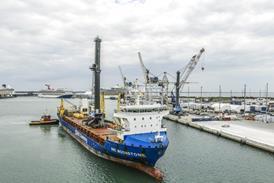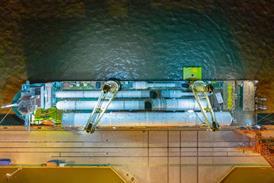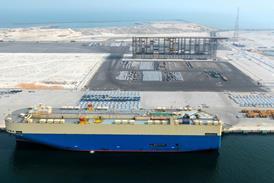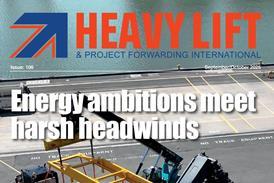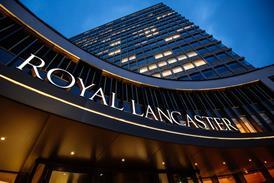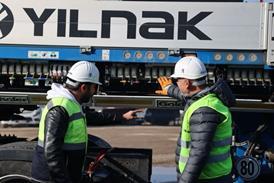Heavy lift and specialised transport company Mammoet was commissioned by Framatome to support with the removal of four steam generators from PreussenElektra’s Unterweser nuclear power plant in Germany.
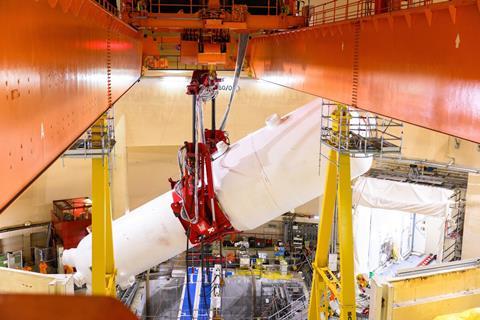
When removing steam generators from decommissioned nuclear reactor buildings, the most economical method is to remove them in one piece. Rip and ship – a term widely used in the nuclear sector – involves removing the units intact so that they can be taken immediately offsite to specialist nuclear waste disposal facilities.
The challenge with older nuclear power plants, however, is often a lack of usable space. Many were designed without decommissioning in mind, which means removing equipment is often difficult, Mammoet explained.
Mammoet’s involvement began four years before the project, when PreussenElektra brought the company onboard as a specialist adviser to assess potential methods for extracting the steam generators. “Owners and operators always consider all planning dimensions for the decommissioning process,” said Andreas Franzke, senior sales manager and segment lead power and nuclear at Mammoet in Germany. “Process optimisations lead to cost savings, because every day of dismantling results in costs. One way to optimise the process is to remove the steam generators as a whole.”
Mammoet’s solution to remove the 300-tonne generators was to lift them using its self-developed DHS-500 system. The customisable system comprises a top spreader beam that can be bolt-fastened to the hook of overhead cranes. Using an adjustable ring designed to grip the cylindrical steam generators.
Another benefit of the system is that the tilting and pivot point can be adjusted to the centre of gravity by using a hydraulic cylinder, providing the tilting operation with much greater stability and safety.
“It is the most efficient way to perform this job”, added Tom Schladitz, project manager at Mammoet. “Our equipment is not only designed to make complex operations like this easier, but it is also approved by the appropriate German authorities, giving our customers further confidence.”
The DHS-500 allowed each steam generator to be lifted, tilted from a vertical to horizontal position, and easily manoeuvred around obstacles blocking its route to the exit.
A skidding system was used to move the steam generators through the elevated lock of the reactor building. They were skidded to a position just outside and then rigged to an overhead portal crane.
The portal crane then lowered the steam generators 25 m onto 16 axle lines of power steering trailers. These trailers were fitted with transport and storage saddles, to secure the steam generators safely during transit and when stored in a laydown area onsite.

